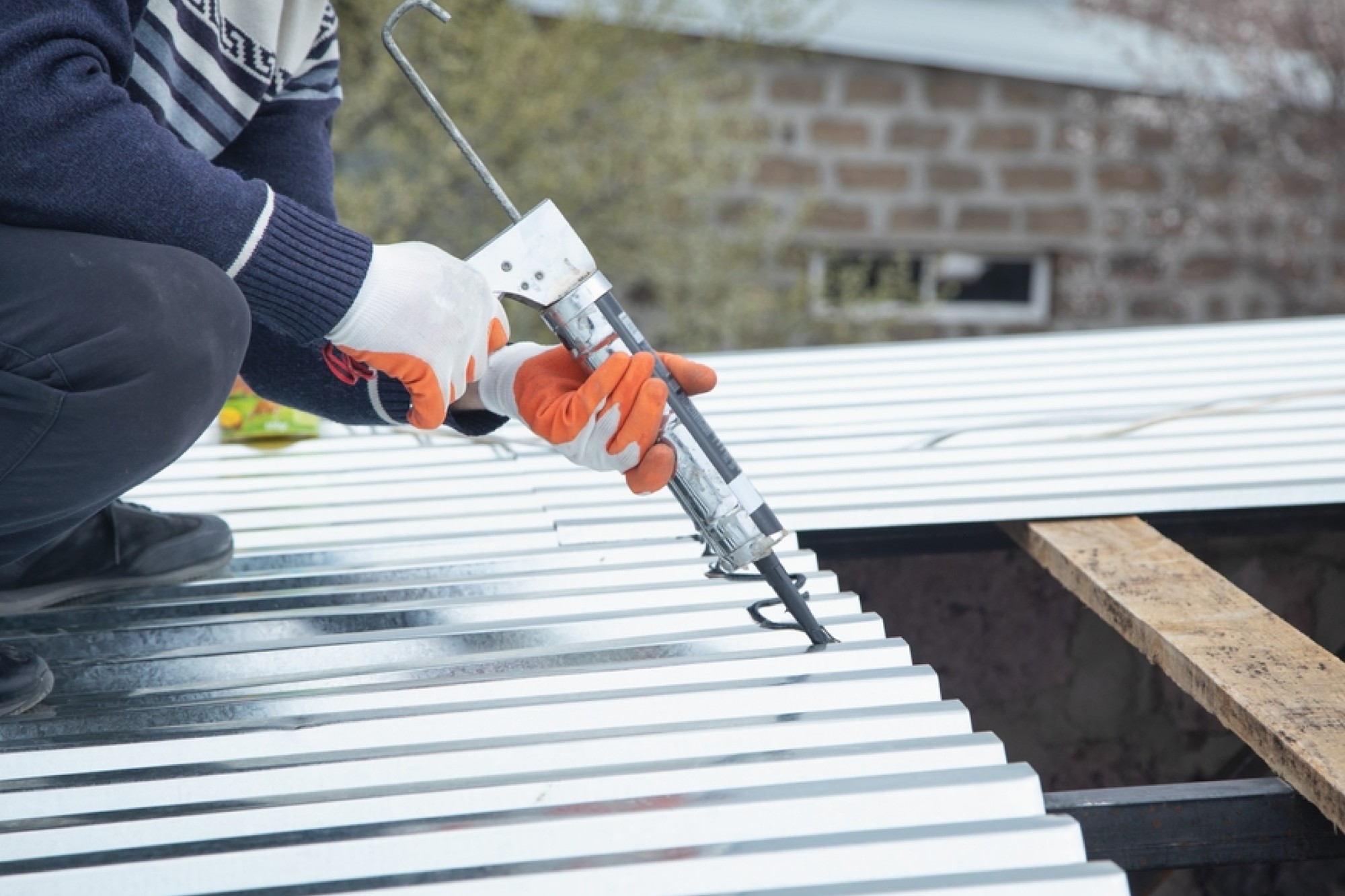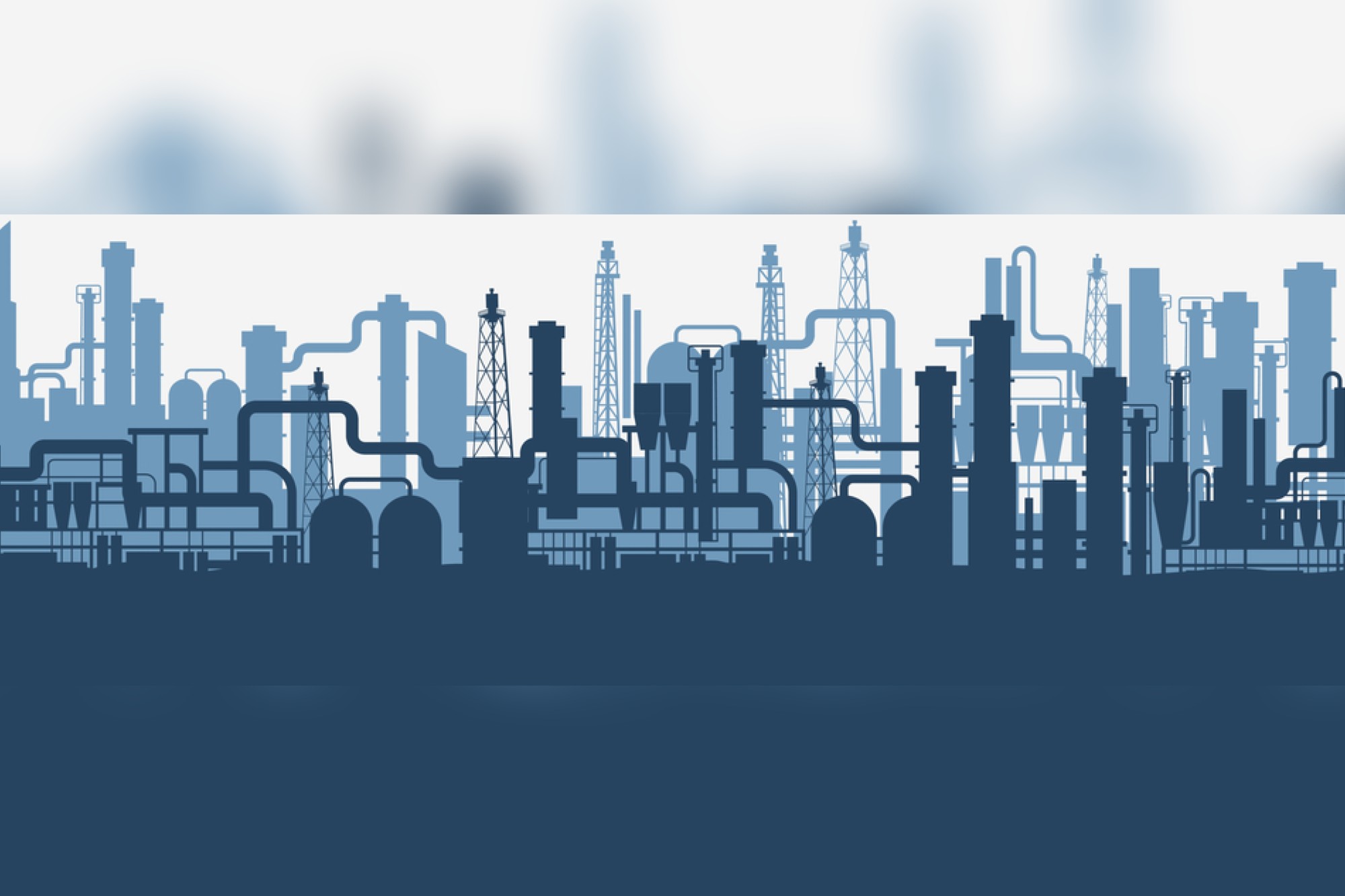Demand for advanced waterproofing solutions drives innovation and progress
By Staff Report | September 12, 2024 6:37 pm SHARE

Waterproofing is a cornerstone of modern construction, vital for ensuring the durability and integrity of structures. As the global and Indian markets for waterproofing solutions evolve, there is an increasing demand for advanced technologies and systems. This article explores the current state of the waterproofing industry, examining market dynamics, key challenges, and the latest innovations.
The waterproofing solutions market in India is on a robust growth trajectory. Estimated at $1.18 billion in 2024, it is expected to expand to $1.81 billion by 2030, growing at a compound annual growth rate (CAGR) of 7.44 percent. This growth is primarily driven by increased construction activities and infrastructure development.
In India, the residential sector is the largest consumer of waterproofing solutions, holding a significant 31.28 percent market share in 2022. The new residential floor area was projected to reach 2.66 billion square feet by 2023, driven by sustained housing demand and supportive government policies. The forecast for the residential waterproofing segment suggests it will rise to $619 million by 2030, up from $339 million in 2023.
The commercial, industrial, and institutional sectors also play crucial roles in the market. These sectors require tailored waterproofing solutions to meet their specific needs. Additionally, infrastructure projects, including roads, bridges, and public buildings, are significant contributors to the market, propelled by increased government investment and development.
The market is divided into two primary sub-products: chemicals and membranes. Chemicals encompass various formulations to enhance waterproofing efficacy, while membranes include materials like bituminous, EPDM, and PVC, which serve as durable water barriers in construction.
Market drivers
Several factors are driving the growth of the waterproofing market. Economic expansion and urbanisation in India are major contributors. With rising incomes and investment in construction, there is a growing demand for residential and commercial properties, which boosts the need for effective waterproofing solutions.
The demand for housing is a significant driver. India is expected to become the world’s third-largest construction market by 2025, adding 11.5 million homes annually. This surge in housing development, particularly affordable housing, is expected to drive the demand for waterproofing solutions.
Infrastructure development is another key factor. Government investments in infrastructure projects necessitate advanced waterproofing solutions to ensure their longevity and durability. This includes a range of applications, from public buildings to transportation networks.
Technological advancements are also shaping market growth. Innovations in waterproofing products, such as eco-friendly and low-odour solutions, enhance performance and sustainability. Developing advanced materials and techniques is driving the adoption of cutting-edge technologies in the industry.
Government policies and standards play a crucial role in the market. For example, the BIS 16471-2017 standard for basement waterproofing has helped improve industry practices and raise awareness among developers and contractors. These standards ensure that waterproofing solutions adhere to high-quality and performance criteria.
Challenges in the waterproofing industry
Despite its growth, the waterproofing industry faces several challenges. Market fragmentation is a significant issue, with numerous products and solutions available, making it difficult for consumers to choose the right option. Efforts to standardise practices and provide clear guidelines address this challenge, but market fragmentation still needs to be addressed.
Raw material price volatility is another challenge. Fluctuations in the prices of raw materials, especially petroleum-based products, impact the cost of waterproofing solutions. Global supply chain disruptions have increased manufacturers’ costs, presenting a challenge for maintaining price stability.
Adopting waterproofing solutions in Tier II and III cities presents an additional barrier. While Tier I cities lead in adoption, smaller cities are slower to embrace these solutions. However, this also represents an opportunity for growth as infrastructure development and awareness extend to these regions.
Sustainability and environmental concerns are increasingly influencing the industry. Driven by global sustainability trends, there is a growing emphasis on eco-friendly products and processes. Manufacturers focus on reducing their carbon footprint and adopting sustainable practices to align with broader environmental goals.
Innovations
Technological advancements are transforming the waterproofing industry. Innovations in products and materials are enhancing performance and sustainability. For instance, using advanced chemicals and membranes improves the effectiveness and durability of waterproofing solutions.
Sukanta Mallik, Consultant and Educator in Waterproofing and Structural Repair, underscores the importance of integrating waterproofing systems effectively. “The failure of many waterproofing systems often results from their inability to function as an integrated system. Proper design and detailing of the building envelope are crucial for effective waterproofing,” says Mallik. He highlights the need to identify potential water ingress points, select suitable materials, and design detailed specifications. Effective waterproofing requires a comprehensive approach, including using water-reduction admixtures and integral waterproofing compounds to reduce capillary paths and minimise shrinkage cracks.
The role of advanced technologies in pump and valve systems also plays a significant part in improving waterproofing. Gaurav Bawa, Senior Vice President, WIKA India, emphasises, “Our innovations in centrifugal and positive displacement pumps, as well as valves, focus on increasing safety and performance. Real-time monitoring, IoT integration, and precise measurement capabilities are crucial for minimising maintenance costs and improving operational efficiency.” Bawa points out the importance of diaphragm seals for safeguarding instruments, electronic pressure transmitters for precise control, and energy management solutions to enhance resource efficiency.
Explosion-proof hydraulic systems are another key innovation, particularly in hazardous environments. Atos provides valuable insights into these systems. “Our explosion-proof hydraulic systems and ex-proof stainless steel valves are designed to ensure safety and reliability in hazardous environments. Compliance with ATEX and IECEx standards guarantees that our systems operate safely in explosive conditions, reducing the risk of spills or leaks,” explains an Atos representative. These systems are crucial for marine and industrial loading arms applications, where safety and reliability are paramount.
Future Outlook
The future of the waterproofing industry in India is promising. The residential sector is expected to continue as the largest and fastest-growing consumer of waterproofing solutions, driven by urbanisation and the demand for affordable housing. The sector’s growth will be a major driver for market expansion.
Technological advancements will continue to shape the industry’s future. The adoption of advanced technologies and materials will enhance performance and sustainability. The industry will see increased integration of eco-friendly and low-carbon solutions, reflecting broader environmental trends.
Infrastructure development will remain a key contributor to market growth. Government infrastructure investment will drive the demand for durable and effective waterproofing solutions. The focus on infrastructure will further boost demand in the industry.
Sustainability will be a significant focus, aligning with global environmental goals. The industry will prioritise eco-friendly products and practices, contributing to a more sustainable future. Manufacturers and stakeholders must adopt sustainable practices and products to align with industry and regulatory standards.
The waterproofing industry in India is poised for substantial growth, with a market size projected to reach $1.81 billion by 2030. Driven by economic expansion, urbanisation, and increasing demand for housing and infrastructure, the sector is set to experience significant development. Technological advancements, government policies, and sustainability will be crucial in shaping the industry’s future. As India grows, the demand for advanced waterproofing solutions will drive innovation and progress in the sector. The evolution of the waterproofing industry reflects broader trends in construction and infrastructure, highlighting the critical role of effective waterproofing in ensuring the durability and longevity of structures.
Cookie Consent
We use cookies to personalize your experience. By continuing to visit this website you agree to our Terms & Conditions, Privacy Policy and Cookie Policy.



































-20240213125207.png)

























